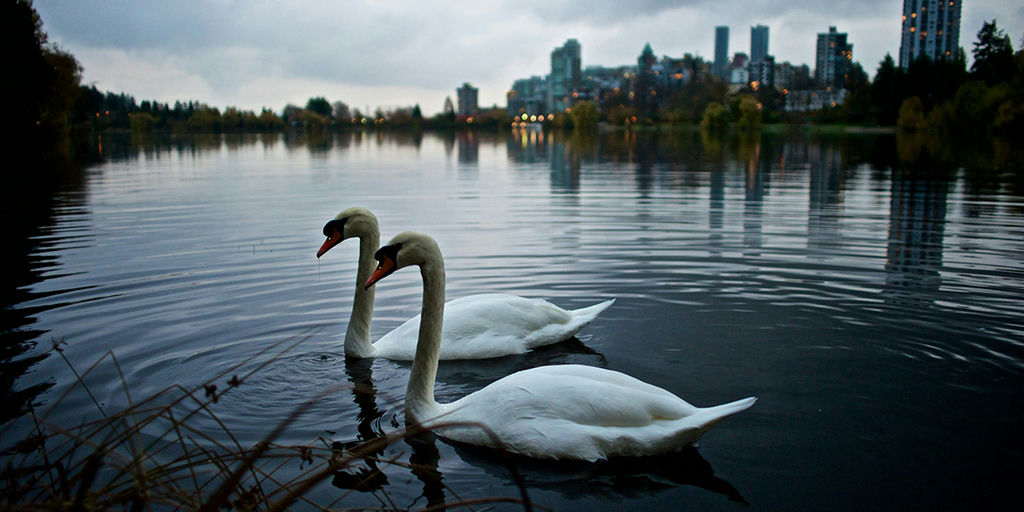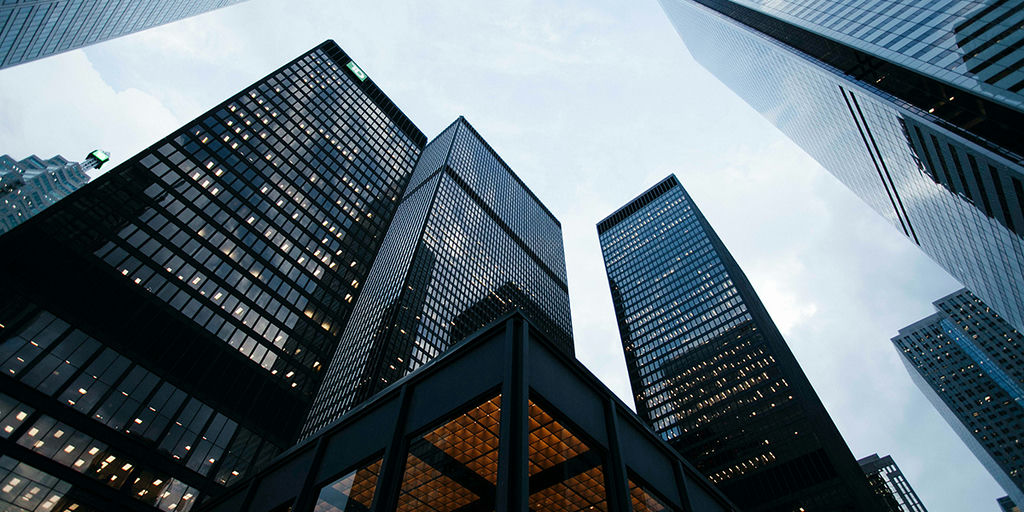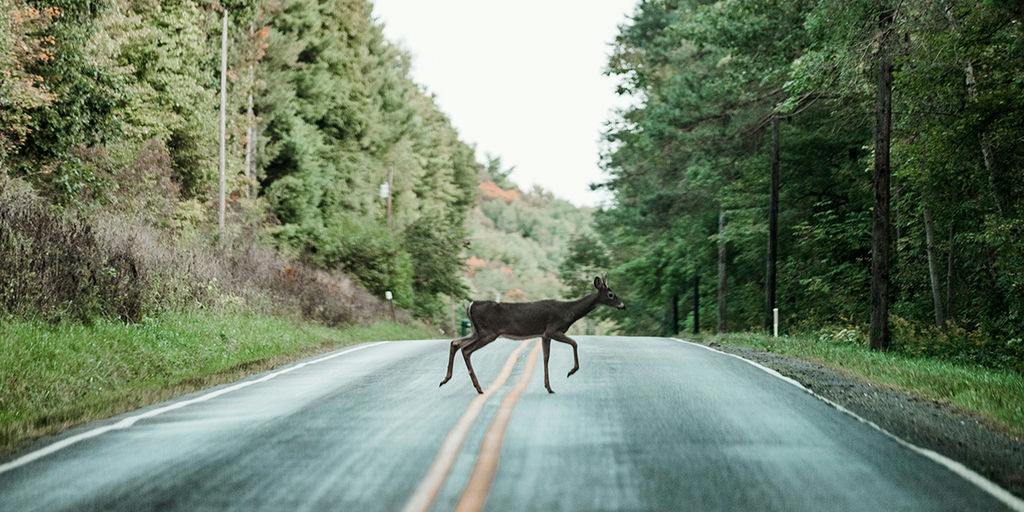Embracing Biodiversity Fosters Climate Resilient Cities

(Image Source: Anthony Maw/Unsplash)
Cities are built for people, but we aren’t the only ones living there. As climate change disrupts traditional habitats, many species are migrating to urban areas to find food and shelter. Cities and towns worldwide are reimagining what it takes to become more resilient and inclusive of biodiversity.
3D Printing for Habitat Creation
Urban Reef, a design company in Rotterdam, uses advanced 3D printing technology to create crevice-covered structures inspired by the complex geometrical shapes of natural coral formations. These habitats are made of clay or mycelium* (the “roots” of fungi) and have surfaces for moss and mushrooms to grow, cavities that can be used by nesting birds, and indentations for insects.**
Once installed and given time to flourish these urban reefs host plants that absorb pollutants and produce oxygen. The vegetation supported by urban reefs can lower a cities heat island effect by providing cooling through transpiration (the process by which water moves up from the roots through the plant’s internal pathways and is released as water vapor), creating more comfortable living conditions for city residents.
Urban-Reef’s vision is to make cities more “bio-inclusive,” that is, supportive of both human and non-human life. Designers and policymakers taking a bio-inclusive approach would consider how their decisions affect wildlife and people, being mindful that our well-being is interconnected. When a diverse range of species thrive, humans benefit by living in a more stable and resilient ecosystem with natural climate regulation, pollination, pest-control, and increased mental health benefits.***
The people at Urban Reef are not the only ones leveraging technology to build habitats that support biodiversity. Many organizations use 3D printing in their efforts to restore coral reefs. For example, SECORE International creates what they call “seeding units”, which are 3D-printed foundations that provide stable surfaces for coral larvae to settle on. The seeding units are placed inside of incubators with coral larvae. Once the larvae settle onto the seeding units, they are gradually transferred to an outdoor aquarium and eventually to the ocean. These seeding units do not need to be installed in the ocean by hand which saves a lot of human labor and cost.**** Instead, they are sprinkled over natural reefs where they land and hook into existing crevices.
Healthy coral benefits nearby cities and towns by improving water quality, preventing erosion and absorbing carbon dioxide from the atmosphere. Reefs offer habitat for a wide range of species making coastal cities more attractive for anyone who enjoys snorkeling and diving. Sustainable fisheries supported by healthy reefs provide locals with a source of food and economic opportunities.
Other cities are using different methods to achieve more bio-inclusivity. Portland, Oregon restored a single block using a natural spring and native plants to be more like the landscape that existed before the city, while New York City repurposed a railway line to become a narrow walking park, and Ohio made more space for native plants and animals on the Scioto River.
Rolling Back the Concrete
Tanner Springs Park in Portland offers a glimpse into the natural history of the area. This block-sized natural oasis is inspired by the landscape as it existed before the city was built, while also including pathways and benches for visitors to enjoy. The park features native plants and a natural wetland area, offering a sanctuary where wildlife in the heart of the city can access water. Residents can experience close encounters with nature without leaving their neighborhood. Tanner Springs Park is cared for by local volunteers who tend to the plants and make efforts to control and remove invasive species.
From Rails to Trails
The High Line Park in Manhattan was built on a disused elevated railway track, and features diverse plant species creating a green corridor that weaves between the brick buildings and loft apartments of the West Side. The park provides habitat and connectivity for birds, insects, and other wildlife, while also offering recreational space for residents and visitors. The High Line can be seen as a model for transforming neglected urban infrastructure into vibrant green spaces.
A Buffer Zone Between Land and Water
The Scioto Mile project in Columbus, Ohio added 5.4 acres of “riparian” (or waterfront) habitat, equivalent to four football fields, creating a lush corridor along the water's edge. The riparian edge serves as a natural buffer between the river and urban development. Widening this area and increasing the diversity of native plants provided habitat for wildlife, improved water quality through natural filtration processes, and offered recreational opportunities for the community.*****
Bring Bio-inclusivity to Your Neighborhood
In order to preserve biodiversity and make our communities as resilient as possible in the face of climate change, we will need to innovate more unique ways to include nature in urban spaces. Here’s how to get started:
1. Get Involved Locally: Participate in biodiversity projects or support similar initiatives in your area. Encourage local governments to incorporate green infrastructure and biodiversity-friendly policies into urban planning by commenting on regulations and policies. Help elect climate leaders.
2. Volunteer: Join organizations working on urban greening, wildlife conservation, habitat restoration, and building climate resilience. Get involved in community science.
3. Advocate for better planning: Work with others to influence city planners and how they design your area and the projects they focus on. Push for more green spaces and places that people can enjoy, which will naturally support biodiversity.
4. Plant Native Species: Contribute to urban biodiversity by planting native species in your yard or a community garden. Turn life-less concrete or unnatural spaces into green ones where you can.
5. Attend Workshops: Take part in educational programs in your area or facilitate a workshop yourself.
6. Support Sustainable Materials: Advocate for the use of biodegradable and recycled materials in urban planning.
Providing critical habitats for wildlife also enhances the quality of life for urban residents. By embracing bio-inclusive approaches and engaging local communities in conservation efforts, cities worldwide can continue moving towards more sustainable urban environments that benefit both people and the planet.
Additional sources:
*Holland.com. (n.d.). Urban Reef. Retrieved July 13, 2024, from https://www.holland.com/global/tourism/get-inspired/bring-yourself/urban-reef-1
** Urban Reef. (n.d.). Blog. Retrieved July 13, 2024, from https://www.urbanreef.nl/blog
***National Center for Biotechnology Information. (n.d.). The importance of greenspace for mental health. Scientific Reports, 13, 12571. Retrieved from https://www.ncbi.nlm.nih.gov/pmc/articles/PMC5663018/
****Nature Publishing Group. (2017). Seeding units: A novel approach to coral reef restoration using 3D-printed settlement substrates. Scientific Reports, 7, Article 17555. https://doi.org/10.1038/s41598-017-17555-z
*****Landscape Architecture Foundation. (n.d.). Scioto Mile and Greenways. Retrieved July 13, 2024, from https://www.landscapeperformance.org/case-study-briefs/scioto-mile-and-greenways

